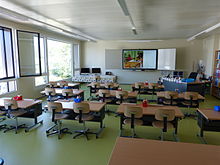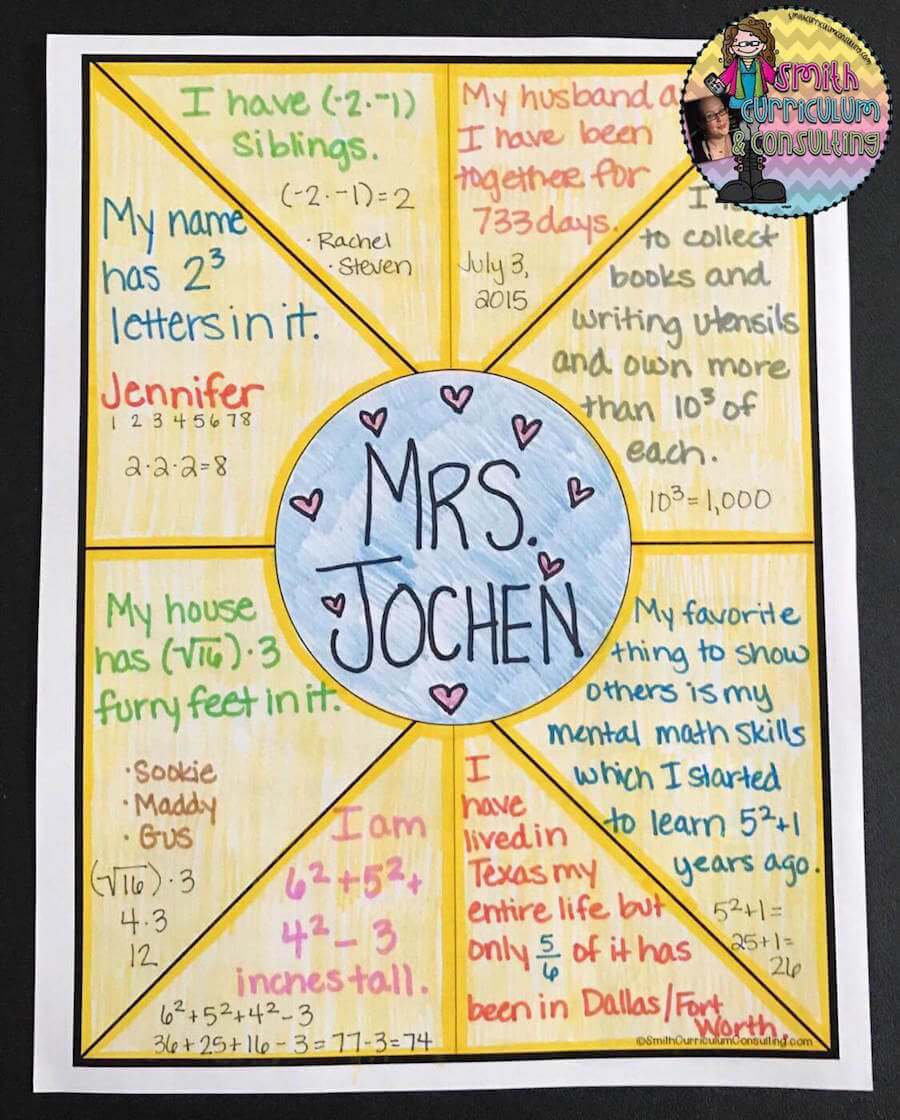
Math Lines Small Large is one among many mathematics games. This game can be used to introduce young learners the basic concepts of geometrical thinking. You can play the game on your computer or on your mobile device. The focus of the game is to teach math skills. It runs in your browser and is optimized for Android and iOS devices. To shoot past the math line, players must create pairs of up to 10 players. The player must shoot the ball and clear the math line before the next number can be shot. As the player progresses, the game becomes more challenging.
A math line is defined by two points. A line contains the shortest path from any point to another point on the line. The equation of a line is r=l(b-a) where b is the value of the line at the point where it crosses the x-axis and a is the value of the line at the point it crosses the y-axis. A line is also called a curve. A curve can be described as r=cd+lb-a.

Lines are also described by properties such as slope and tangent. A line with zero slope runs through the origin. The equation for a line having a slope below zero degrees is y=mx + b. Lines having slopes less than 0 degrees indicate a horizontal surface. Lines with slopes greater then 0 degrees indicate a vertical surface. The equation of a line can also be derived from the angle difference identity for a sine.
You can draw lines in parallel or collinear. They can also be perpendicular, or skew. Parallel lines are lines which are located in the same plane. Unlike parallel lines, skew lines do not intersect at any point. Euclid, who lived 300 years ago, defined skew lines. You can define skewlines on a variety of planes.
Lines can also describe other types objects like prisms or cylinders. The arrangement of a line defines it. A line can be arranged in a sexless, square, or rectilinear form. The arrangement of lines may be considered a curvature in some cases. An arc is an arrangement of lines that are sexless, rectangular, or straight. Straight lines are elegant, but simple. A disguise can be used to disguise the line. If a straight line is arranged in a sexless, rectilinear, or square form, the line is called a line segment.
Parametric equations allow lines to be specified. These equations use the point specification for the line. Parametric equations can be used to specify lines within two-dimensional or three-dimensional spaces. Higher dimensions are determined by specifying a direction vector.

Two types of equations are used to define lines in planes. If the line is within a plane, then the first degree equations will be used. General form of equations refers to equations that have fixed coefficients.
FAQ
Is it difficult to become a teacher?
Being a teacher is a huge commitment. You will need to give a significant amount time to your studies.
You can expect to work 40 hours per semaine while earning your degree.
You will also need to find a job that suits your schedule. Many students report difficulty finding part-time jobs that work around their school schedules.
When you are hired for a full-time job, you will most likely be required to teach classes during the school day. You may even need to travel to different schools throughout the week.
What is the difference between a college and a university
A university can be described as an academic institution that offers higher education. It offers postgraduate and undergraduate courses in a variety of fields.
A college is generally smaller and less respected than a university. It may offer fewer courses but often has its own specialist departments.
What is early childhood education?
Early Childhood Education is a profession that aims to help children become happy, healthy adults. It includes everything from teaching them how to read to prepare them for kindergarten.
The goal of early childhood education is to help kids learn and grow by providing them with age-appropriate experiences.
Early childhood educators are frequently called upon by parents to assess the developmental needs and abilities of any child they encounter. This assessment helps determine whether a particular program would benefit each individual child.
Early childhood programs also provide opportunities for parents to interact with teachers and other professionals who have experience working with young children.
As parents, they play a vital role in early childhood education. They should be able and willing to help their children in any way they can.
Parents can participate in activities that will teach their children life skills.
Early childhood education is sometimes referred to as preschool education, although this term is used interchangeably with daycare centers. Prekindergarten education begins at three years of age, but early childhood education can begin around three.
What is the difference between private schools and public schools?
All students have access to public schools at no cost. They provide education from kindergarten through high school. Private schools charge tuition fees for each student. They provide education for students from pre-school through college.
Charter schools can also be found, which are privately owned but are not publicly funded. Charter schools don't follow traditional curricula. Charter schools allow their students to explore what interests them.
Charter schools are a popular choice for parents who believe all children should have access and quality education regardless their financial situation.
What is an Alternative School?
Alternative schools are designed to provide students with learning disabilities with access to education through the support of qualified teachers who can understand their needs.
An alternative school provides children with special educational needs the opportunity to learn in a regular classroom setting.
In addition, they are also given extra help when needed.
An alternative school isn't only for those who have been expelled from mainstream schools.
They are available to all children, regardless of their ability or disability.
Statistics
- They are more likely to graduate high school (25%) and finish college (116%). (habitatbroward.org)
- Data from the Department of Education reveal that, among 2008 college graduates, 92.8 percent of humanities majors have voted at least once since finishing school. (bostonreview.net)
- Think of the rhetorical power of nineteenth-century abolitionist Harriet Beecher Stowe, Martin Luther King, Jr., or Occupy Wall Street activists with their rallying cry of “we are the 99 percent.” (bostonreview.net)
- Globally, in 2008, around 89% of children aged six to twelve were enrolled in primary education, and this proportion was rising. (en.wikipedia.org)
- In most developed countries, a high proportion of the population (up to 50%) now enters higher education at some time in their lives. (en.wikipedia.org)
External Links
How To
What is vocational education?
Vocational Education, which is an educational system that prepares high school students for jobs after college or high school, provides them with training in specific skills required for a job (e.g. welding). This includes apprenticeship programs and on-thejob training. Vocational education is different from general education in that it prepares individuals for specific career paths rather than acquiring broad knowledge for future uses. Vocational education does more than prepare for university. It helps people find jobs after graduation.
Vocational education could be offered at all levels, including primary schools, secondary school, colleges and universities, technical schools, trade schools as well community colleges, junior college, and four-year schools. You can also find specialized schools such a culinary arts school, nursing school, law school, medical schools or dental schools. Many of these provide both academic instruction and practical experience.
Over recent decades, there have been significant investments made in vocational education by many countries, including Australia, Denmark (Finland), Germany, Ireland and Japan. However, the effectiveness of vocational education remains controversial. Some critics say it does not improve students' employability. Other argue that it prepares them well for life beyond school.
According to the U.S. Bureau of Labor Statistics (47% of American adults are currently holding a postsecondary certificate/degree related to their current job), this figure is higher among those with more education. This percentage is higher among those with higher education. 71% percent of the 25-29 year olds with a bachelor's degree are currently working in fields that require postsecondary credentials.
According to the BLS in 2012, almost half of Americans had at the least one type of postsecondary credential. One-third of Americans had a two year associate degree. Only 10% held a four-year bachelors degree. One in five Americans has a master's or doctorate.
The median annual wage of a bachelor's degree holder was $50,900 in 2013, compared with $23,800 for someone without one. The median salary for people with advanced degrees was $81,300.
The median wage for people who did not finish high school was only $15,000. Those with less than a high school diploma earned $13,000 per year.